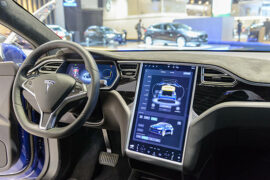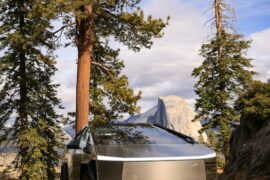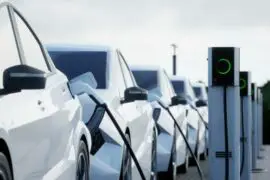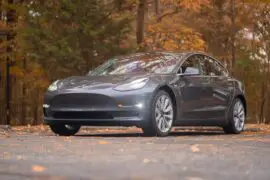“Is Tesla recalling vehicles?” This question has been circulating among Tesla owners and enthusiasts, sparking discussions about the latest updates from the electric vehicle giant. Tesla, known for its cutting-edge technology and innovative approach to transportation, occasionally announces recalls to address specific issues related to safety or performance. These recalls are not uncommon in the automotive industry and are part of Tesla’s proactive measures to ensure the continued safety and satisfaction of its customers. In this article, we delve into the world of Tesla recalls, exploring recent initiatives, communication methods, and actions for Tesla owners to stay informed and maintain the optimal performance of their vehicles.
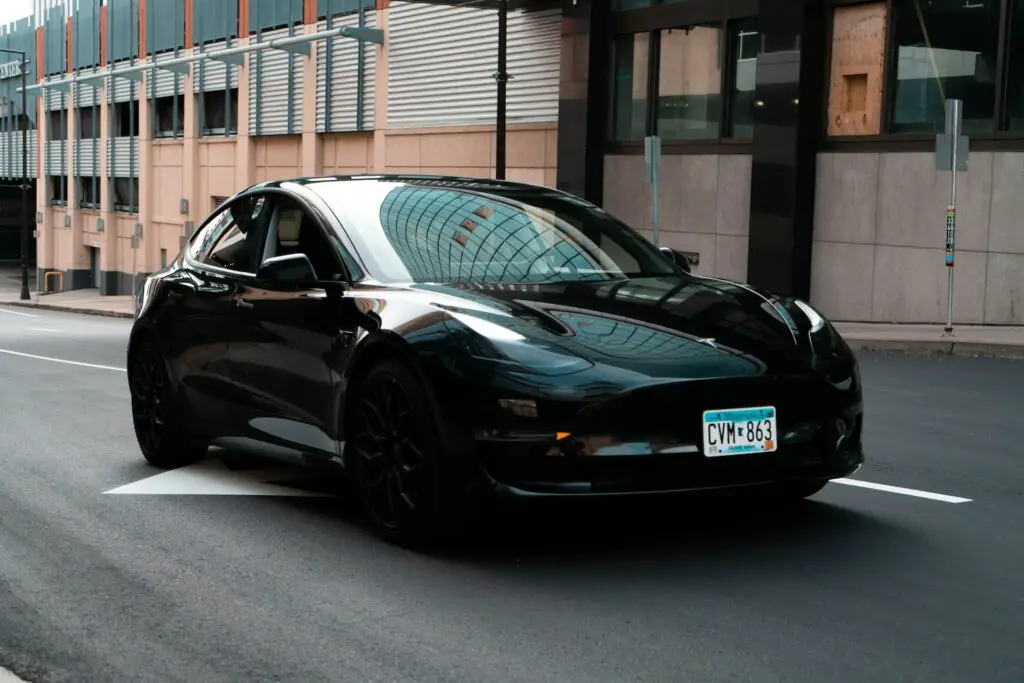
Contents
Understanding Tesla Recalls
Vehicle recalls are systematic actions taken by automotive manufacturers to address safety defects or non-compliance with regulatory standards in their vehicles. These defects or issues could pose potential risks to drivers, passengers, or other road users, necessitating corrective measures to ensure safe operation.
Tesla, as a leading manufacturer of electric vehicles, follows a stringent approach to recalls, prioritizing the safety and satisfaction of its customers. Tesla’s commitment to safety is evident in its proactive stance toward identifying and rectifying any potential issues in its vehicles. The company employs a combination of advanced technology, rigorous testing procedures, and continuous monitoring to maintain high safety standards.
Tesla’s approach to recalls involves thorough investigation and analysis of reported issues or concerns. Upon identifying a safety-related defect or non-compliance, Tesla takes swift action to notify affected customers and initiate the recall process. This includes issuing detailed notifications via email, mail, or through the Tesla mobile app, providing clear instructions on how customers can address the recall.
Recent Recall Initiatives
In recent times, Tesla has initiated several recalls to address specific concerns and uphold its commitment to safety and performance. These recall initiatives highlight Tesla’s proactive approach to ensuring the reliability and satisfaction of its customers.
One notable recall involved certain Model S and Model X vehicles, where Tesla identified potential issues with the Multi-Touch Display (MTD) assemblies. The recall aimed to address touchscreen failures that could affect critical functions such as climate control, defrosting, and the rearview camera display. By proactively addressing this issue, Tesla aimed to prevent any inconvenience or safety hazards for affected vehicle owners.
Another recent recall targeted certain Model 3 vehicles due to potential defects in the brake caliper bolts. Tesla identified that improper torque on these bolts could lead to the bolts loosening over time, potentially affecting brake performance. This recall underscored Tesla’s commitment to ensuring optimal safety standards and addressing any potential risks promptly.
Additionally, Tesla announced a recall for specific Model Y vehicles, addressing potential issues related to the front suspension. The recall focused on inspecting and tightening loose bolts in the front suspension of affected vehicles to prevent any potential safety concerns or performance issues.
Notification and Communication
Tesla places a strong emphasis on effective communication and notification strategies when it comes to informing customers about recalls. The company employs various methods to ensure that affected customers are promptly notified and provided with clear instructions on how to address the recall.

One of the primary communication channels used by Tesla is email notifications. Tesla sends detailed emails to customers who own vehicles affected by a recall, outlining the specific issue, potential risks, and steps to take for resolution. These emails are designed to be informative and easy to understand, ensuring that customers are well-informed about the recall and its implications.
In addition to emails, Tesla also utilizes traditional mail notifications. Customers may receive physical letters or notices in the mail, providing the same information as the email notifications. This multi-channel approach helps ensure that customers receive recall notifications through their preferred communication channels, enhancing the likelihood of timely action.
Moreover, Tesla leverages its innovative Tesla mobile app to communicate recalls to customers seamlessly. Through the app, customers can receive notifications and updates about recalls directly on their mobile devices. This real-time communication allows for quick access to important information, making it convenient for customers to stay informed and take necessary actions.
Actions for Tesla Owners
If you receive a recall notification from Tesla regarding your vehicle, it’s essential to take prompt action to ensure your safety and maintain optimal performance. Here’s what Tesla owners should do when they receive a recall notification:
- Read the Notification Thoroughly: Start by carefully reading the recall notification provided by Tesla. The notification will detail the specific issue, potential risks, and steps to address the recall.
- Contact Tesla or Authorized Service Center: If you have any questions or need clarification regarding the recall, don’t hesitate to contact Tesla or an authorized service center. They can provide further information and guidance on the next steps.
- Schedule an Inspection or Repair: Follow the instructions provided in the recall notification to schedule an inspection or repair for your vehicle. Tesla’s authorized service centers are equipped to handle recall repairs efficiently and ensure that your vehicle meets safety and performance standards.
- Prioritize Safety: It’s crucial to prioritize safety by addressing recalls promptly. Ignoring or delaying recall repairs can potentially lead to safety hazards or affect the performance of your vehicle. By taking action promptly, you can mitigate any risks associated with the recalled component.
- Stay Informed: Keep yourself updated on any additional information or updates related to the recall. Tesla may provide follow-up notifications or instructions throughout the recall process, so staying informed is key to ensuring that your vehicle remains safe and reliable.
- Maintain Regular Maintenance: In addition to addressing recalls, continue to adhere to Tesla’s recommended maintenance schedule for your vehicle. Regular maintenance helps ensure optimal performance and longevity, further enhancing safety and driving experience.
Tesla’s Safety Measures
Tesla’s commitment to safety extends beyond recalls, encompassing a range of proactive measures and innovative features designed to enhance vehicle safety and ensure a secure driving experience.
- Advanced Safety Features: Tesla vehicles are equipped with advanced safety features such as Automatic Emergency Braking (AEB), Collision Avoidance Assist, and Lane Departure Warning. These features use sensors and cameras to detect potential hazards and assist drivers in avoiding accidents.
- Active Safety Systems: Tesla’s active safety systems, including Autopilot and Full Self-Driving (FSD) capabilities, are designed to enhance driver assistance and improve overall vehicle safety. These systems employ AI-based algorithms and sensors to assist with tasks like adaptive cruise control, lane-keeping, and automatic lane changes.
- Over-the-Air Updates: One of Tesla’s standout features is its ability to deliver software updates over the air (OTA) to vehicles. This means that Tesla can continuously enhance safety features, improve performance, and address potential issues without the need for physical visits to service centers.
- Continuous Monitoring: Tesla vehicles are constantly monitored for performance and safety metrics. This includes monitoring battery health, vehicle diagnostics, and software functionality. Any anomalies or potential issues can be detected and addressed proactively through remote diagnostics and software updates.
- Crash Testing and Validation: Tesla conducts rigorous crash testing and validation to ensure that its vehicles meet stringent safety standards. This includes testing for frontal impact, side impact, rollover protection, and overall structural integrity.
- Safety-focused Design: Tesla incorporates safety-focused design elements into its vehicles, such as reinforced steel frames, strategically placed airbags, and active safety systems. These design features are aimed at maximizing occupant protection in the event of a collision or accident.

Is Tesla recalling vehicles:
Tesla’s proactive approach to recalls and robust safety measures highlight its commitment to customer safety. Tesla owners must stay informed and proactive regarding recalls for a safer driving experience. By promptly addressing recalls and following recommended actions, owners contribute to maintaining vehicle safety. Tesla’s dedication to safety extends beyond recalls, encompassing advanced features like over-the-air updates and continuous monitoring. Together, Tesla and its owners can ensure a secure driving environment and enjoy the innovative driving experience Tesla offers.
How Long Do a Tesla Stay Charged in 2024?

